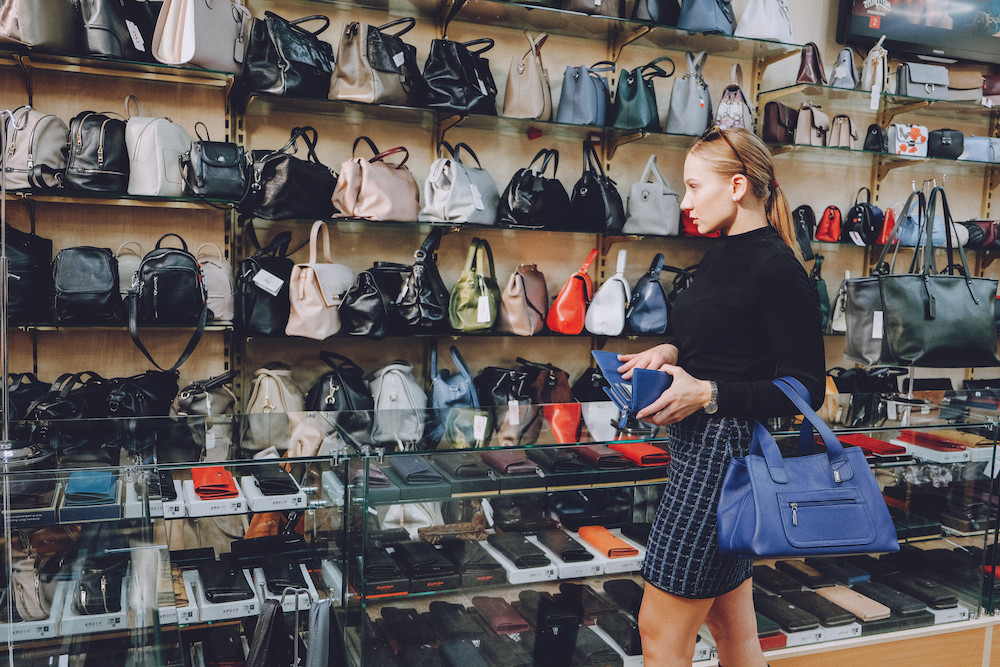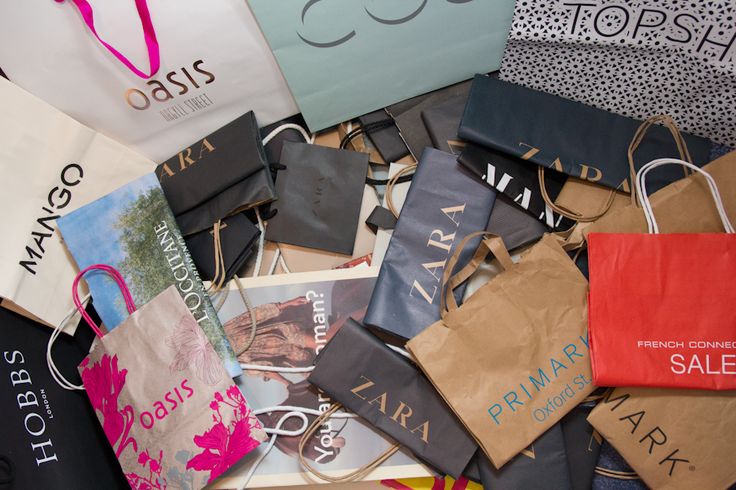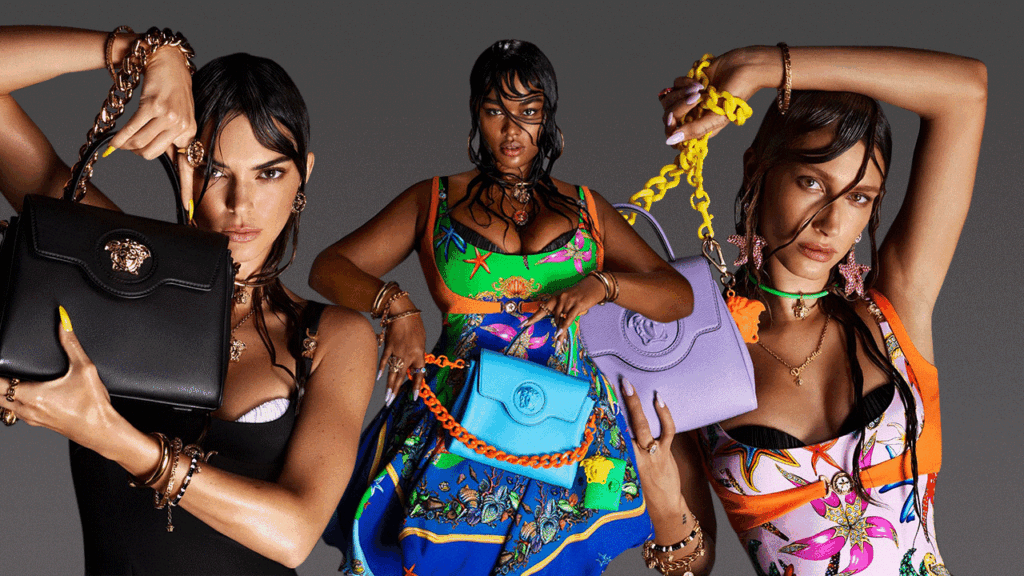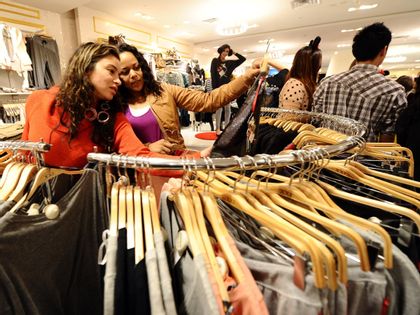The Normalisation Of Overconsumption In The Fast Fashion Market
On the 10th of June the French Senate passed a law whose aim is to contain the environmental consequences caused by fast fashion. Its main target are the Chinese e-commerce giants known as Shein and Temu, both of which despite their controversy keep on being popular among the buyers. In a handful the new bill introduces an eco-score system in order to evaluate the brands’ environmental impacts and tax them accordingly. But one of the most interesting aspects of this law is the limitation imposed on influencers, which seem like a new approach to solve this problem: content creators are now not allowed to promote online ultra-fast-fashion brands otherwise they will be subjected to a proper sanction. This not only affects the kind of videos influencers will publish-as we probably won’t see as many hauls as before-but it changes the rules of affiliate marketing as well. Granting that this bill will shift the past balance, the aim of this article is to analyse how the promotion of these brands through media has led to the current consumerism problem. Following an analysis on the different types of fast fashion the psychological well being practitioner Tia Benstead has answered some questions on the influence big hauls have on us, the concept of shopping as a copying mechanism and how the French ban could help the current situation on social media.

The differences between regular and ultra fast fashion
Before diving deeper into the topic it’s important to differentiate the two definition. Based on the French bill the eco-tax will be applied to all the brands that fall under the definition of “fast fashion” whereas the limits imposed on online promotion regard just the ones considered ultra.

While they can both be described as inexpensive clothing produced rapidly by mass-markets retailers in response to the latest trends, the ultra fast fashion chain of production works much faster, producing new pieces daily. More recently spread, the latter is available exclusively online and its supply chain-and materials- are cared to be kept a secret to the public.

The contrasting growth of clothing expenses in the last years
An interesting phenomenon related to the amount of money spent on clothing has been observed in recent years. Despite the lowering of products’ prices between 1996 and 2018 families expenses that regard clothes have grown. Low prices, characteristic of fast fashion, have become an incentive for buyersm. But simultaneously clothes’ usage has shortened to roughly seven wears, creating a cycle in which people buy the cheap clothes-made of cheap materials-the materials get ruined, clothes are thrown away and different versions are acquired from the same site/store. Both sites and stores not only granted the possibility to acquire the same product but also became more and more able to keep up with trends.
Companies such as Zara, that really took off in the 90s when imitating trends such as “boho-chic” started generating profits, are able to produce hundreds of new designs per week. But younger competitors, like Shein, raised the number of designs up to thousands per day. Alongside the choices among the products what has upgraded is also the strategy used to promote the clothes, on and off the app. Resuming the report “The state of fashion 2025: challenges at every turn” -published by McKinsey&Company-there are two factor to consider right now: people are returning in in-physical stores and are subjected to a diverse platform experience when shopping online.
We have already seen the latter with the reward programs heavily present in Shein and Temu and the high usage of “TikTok shop”, easily accessible at any moment while being on the app. The concept of having an in-app store specifically (when it comes to TikTok) is a strong contributor to the chain reaction which starts when we see a product -not needed in the first place- and we search for the faster mean to acquire it. This mechanism can not only be damaging to people’s financial situation but it can interfere negatively on the consumption problem we are living right now.
Understanding the psychology behind overconsumption – with Tia Benstead
More evident in some instances than others the marketing schemes aimed to attract buyers and create trends have aff ected us all. Think about the recent boom with “Labubus”, the puppets that have engaged millions of people despite not having an actual function. When something like this happens what we testify is the exponential growth of a very specifi c trend that usually tends to go out of style as fast as it became popular. This then leads the buyers to leave that trend behind and following the next. In order to not fall into this cycle understanding the insights behind these behaviours can be of help to the consumer in making more mindful choices.
To achieve a better comprehension of how these mechanisms works on us Tia Benstead, a psychological well-being practitioner, has answered a couple of questions. Graduated in 2020 at Aston university, she achieved a first-class honour degree in psychology and completed Post Graduate diploma at De Montfort. As of now Benstead is working on her business “Thinkbrighttherapy” with the aim of guiding individuals towards mental wellbeing and self growth.
The first topic to cover is comprehending how seeing big hauls and new trends affect us and why do we feel like we lack something we didn’t need before.

“A lot of us fall into the trap of feeling that sudden ‘want’ when watching a haul. Usually this response is rooted in social comparison and the brains dopamine system” says Benstead.
“We often evaluate our worth based on others particularly in area like appearance, lifestyle and possessions. This is likened to the social comparison theory”.
Especially when it comes to social media what we base our deductions on are the fast viewings we have on others’ lives. Therefore when watching a 15 seconds video on TikTok our minds are lead to think that we might miss on something if we are not in possession of the specific item shown. And this feeling is highly amplified when it comes to trends, as they appear in multiple 15 seconds videos. “TikTok videos have mastered using basic advertisement and marketing strategies such as “limited stock” and “must haves” to create a persuasive urgency. We have all experienced FOMO (the fear of missing out) right? This cognitive bias is refereed to as loss aversion”.
But the marketing strategies that lead people to overconsumption are not limited to social media. For instance the idea of shopping as a copying mechanism has been portrayed both on social media and in movies. Films specifically have the ability to make us resonate with the main characters, therefore understanding and imitating their behaviours. And while shopping can be a satisfying mean, impulsive buys that are soon thrown out are not a sustainable long term solution.
“Films like Confessions of a Shopaholic glamorise the use of shopping as a form of emotional relief. Shopping activates the mesolimbic dopamine pathway, which is also activated by experiences associated with pleasure (e.g. eating or sex). When we’re stressed, bored, or feeling low, we often gravitate toward behaviours that offer immediate mood elevation and shopping is one such behaviour” breaks down Benstead when asked if shopping as a copying mechanism is learned through social media or is already rooted in our brains. “What media and influencer culture do is reinforce this behaviour by showing us that it’s normal and desirable to shop when you’re upset, bored, or celebrating. This normalisation can create what we call vicarious reinforcement; we see someone else gain social or emotional reward from shopping, and we’re more likely to imitate it”
This insight on how the influencers culture can reinforce this behaviour leads us to our next point: Can France’s influencer ban reduce overconsumption?

“Changing the social narrative around consumption is key. If influencers no longer glamorise excess, it could disrupt the phenomena that viewers interpret frequent purchasing as normal or desirable. Also, by removing the promotional rewards, we also weaken the financial motivation.
So yes, this could lead to reduction in impulsive and excessive purchases, especially among younger viewers who are heavily influenced by digital culture and are the main consumers of social media apps such as TikTok”
If a lot of talks have started with the French Ban, the problems raised by fast fashion have not been a secret for a while now. In a delicate situation in which most of its products have a negative impact on the environment, in order to solve the problem at its roots being aware of the specific marketing strategies used can lead us to make more conscious decisions when it comes to buying clothes and therefore avoiding the so common buy-throw cycle.

